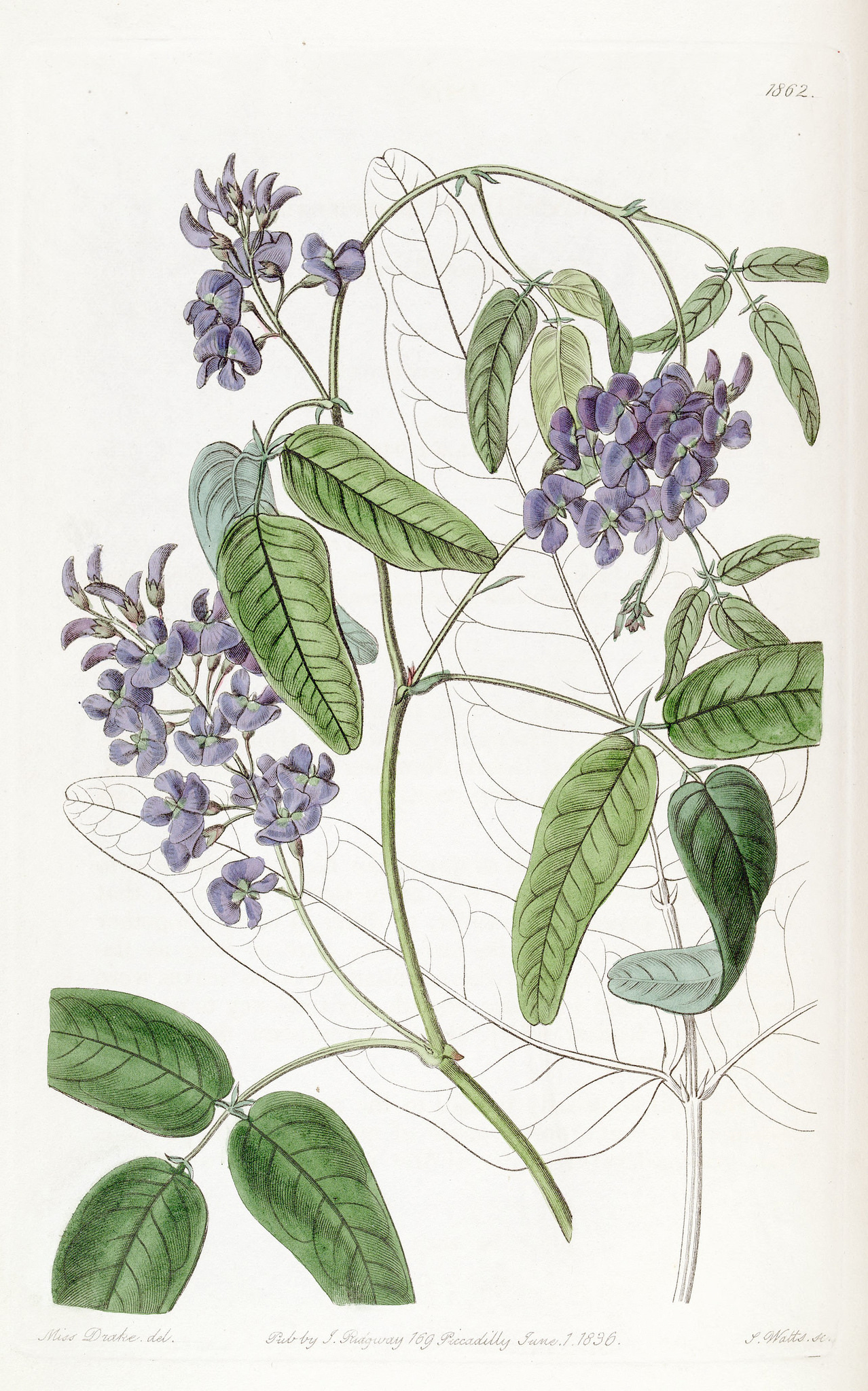 Also Known As:
Also Known As:
Smilax.
Scientific Name:
Smilax ornata; Smilax officinalis.
Family: Smilacaceae.
People Use This For:
Sarsaparilla is used for psoriasis and other skin diseases, sweat inducer. Sarsaparilla is also used as an adjunct for treating leprosy and for syphilis.
Mexican and Honduran sarsaparilla are used for treating gonorrhea, fevers, and digestive disorders.
In manufacturing, sarsaparilla is used as a flavoring agent in foods, beverages, and pharmaceuticals.
Mechanism of Action:
The applicable part of sarsaparilla is the root. Sarsaparilla is thought to have antirheumatic, antiseptic, and antipruritic activity;52 however, these effects have not been substantiated.
Sarsaparilla contains about 2% saponins and other varied constituents, including quercetin and phytosterols.
The saponin constituents53,52,54,55 may have diuretic, sweat inducing, expectorant, and laxative effects.54 Sarsaparilla may improve appetite and digestion52 and its extracts may improve psoriasis symptoms.52 Preliminary evidence suggests that sarsaparilla may have hepato-protective and anti-inflammatory activity.52
Adverse Reactions:
None reported in therapeutic doses.
Interactions with Herbs & Supplements:
None reported.
Interactions with Drugs:
None reported.
Interactions with Foods:
None known.
Interactions with Lab Tests:
None known.
Dosage/Administration:
Dr Clare’s Blends: 1 gm per day.
Oral: The typical oral dose of sarsaparilla is 1-4 grams of the dried root or one cup of the tea three times daily.52
Specific References: SARSAPARILLA
50. FDA. Center for Food Safety and Applied Nutrition, Office of Premarket Approval, EAFUS: A food additive database. Available at: vm.cfsan.fda.gov/~dms/eafus.html.
51. McGuffin M, Hobbs C, Upton R, Goldberg A, eds. American Herbal Products Association's Botanical Safety Handbook. Boca Raton, FL: CRC Press, LLC 1997.
52. Newall CA, Anderson LA, Philpson JD. Herbal Medicine: A Guide for Healthcare Professionals. London, UK: The Pharmaceutical Press, 1996.
53. Tyler VE. Herbs of Choice. Binghamton, NY: Pharmaceutical Products Press, 1994.
54. Foster S, Tyler VE. Tyler's Honest Herbal: A Sensible Guide to the Use of Herbs and Related Remedies. 3rd ed., Binghamton, NY: Haworth Herbal Press, 1993.
55. Leung AY, Foster S. Encyclopedia of Common Natural Ingredients Used in Food, Drugs and Cosmetics. 2nd ed. New York, NY: John Wiley & Sons, 1996.
Safety:
No concerns regarding safety when used orally in amounts commonly found in foods. Sarsaparilla has Generally Recognized As Safe status (GRAS) for use in foods in the US.50
No concerns regarding safety when used orally and appropriately for medicinal purposes51 no evidence of harm.
Pregnancy and Lactation: Refer to a Medical Herbalist.
Effectiveness:
There is insufficient scientific information available about the effectiveness of sarsaparilla.